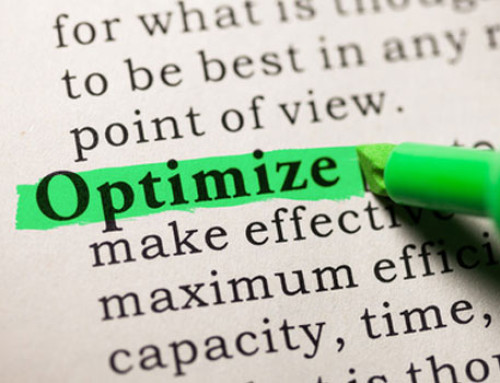An HOA initiation fee, also known as a buy-in fee or a contribution to working capital, is a set amount charged upon the transfer of a property within an HOA community from one owner to another.
The initiation fee is paid at the time of closing, and the initiation fee and the owner’s obligation to pay it must be specified in the community’s declaration.
Are HOA initiation fees legal?
HOA initiation fees are not only legal, they’re very common, though not all HOA communities have them.
Any contribution requirements should be specifically stated in the governing documents of each community. Keep in mind that initiation fee requirements will vary from community-to- community. Some states place a cap on how high the initiation fee can be, while others have no limit.
Common initiation fees can range from $100.00 to the equivalent of one full year’s worth of assessment fees.
Why do developers charge an initiation fee?
The initiation fee is in place so that the developers do not have to increase the cost of the lots for the builders. Often (though not always), the initiation fee is a one-time fee because the developer is concerned with getting the community up and running and is not necessarily concerned about the long-term budget for the community.
Are initiation fees one-time only? What recourse does a homeowner have, if any?
Most often, the initiation fee is a one-time only fee, applicable only to the first owner of the property. However, it is possible for the association to include a provision in the governing documents which states that the initiation fee must be paid upon each transfer of the property. Some communities have found success with this practice because it brings in a constant flow of money that can be put in the association’s reserve fund, or can be used as working capital to keep the HOA running.
The initiation fee can be more or less considered an entrance fee for becoming a member of the association. When viewed this way, it makes sense that it would be paid by each new owner of the property as they join the association. Prospective homeowners may consider asking the seller to cover the initiation fee at the time of closing; however, some sellers may not be willing to pay since they are not the one’s being inducted into the association.
What is the purpose of an initiation fee, and where does the money go?
The initiation fee charged on a new construction home is often used to start the reserve fund for the HOA. This is done when developers turn the community over to the residents, because it is often required that there is a minimum amount in the reserve fund. Charging this fee to new buyers keeps the developer’s costs lower.
Other times, the money is used to fund general operations for the developer to get or keep things up-and-running until a resident-run association is in place.
In well-established communities where new buyers pay an initiation fee, the money often goes toward keeping the reserve fund high. In effect, this keeps the annual assessment fees lower. For more tips on HOA management and answers to frequently asked questions, be sure to visit our blog here. To learn more about why our customers consider us the best in HOA management, contact Spectrum today for a free quote.







